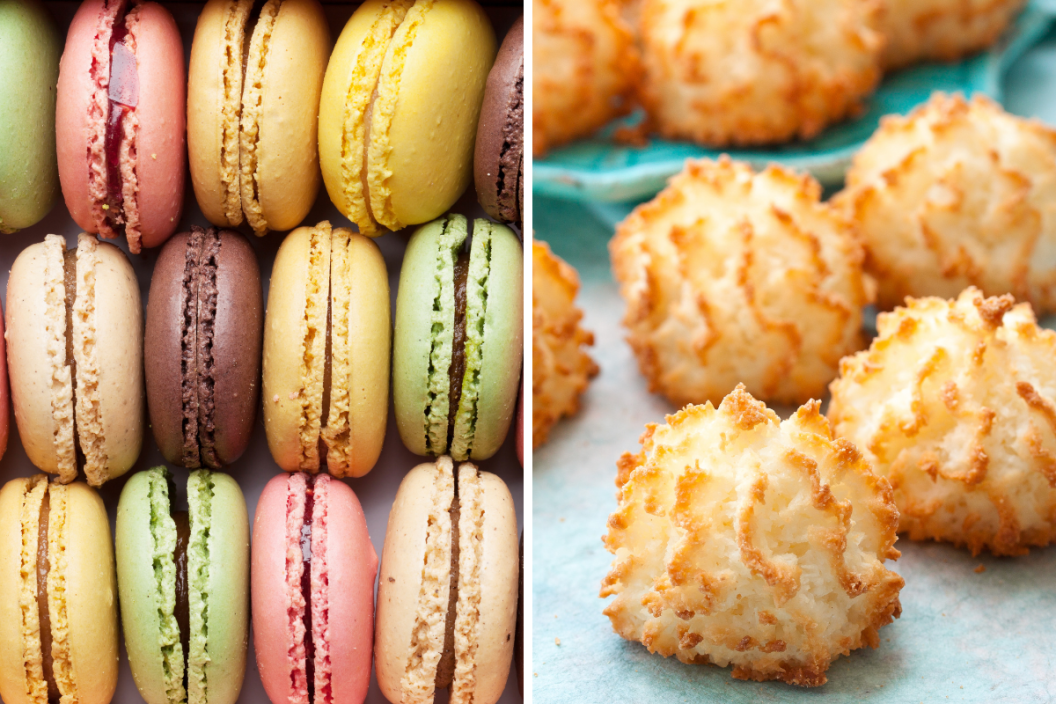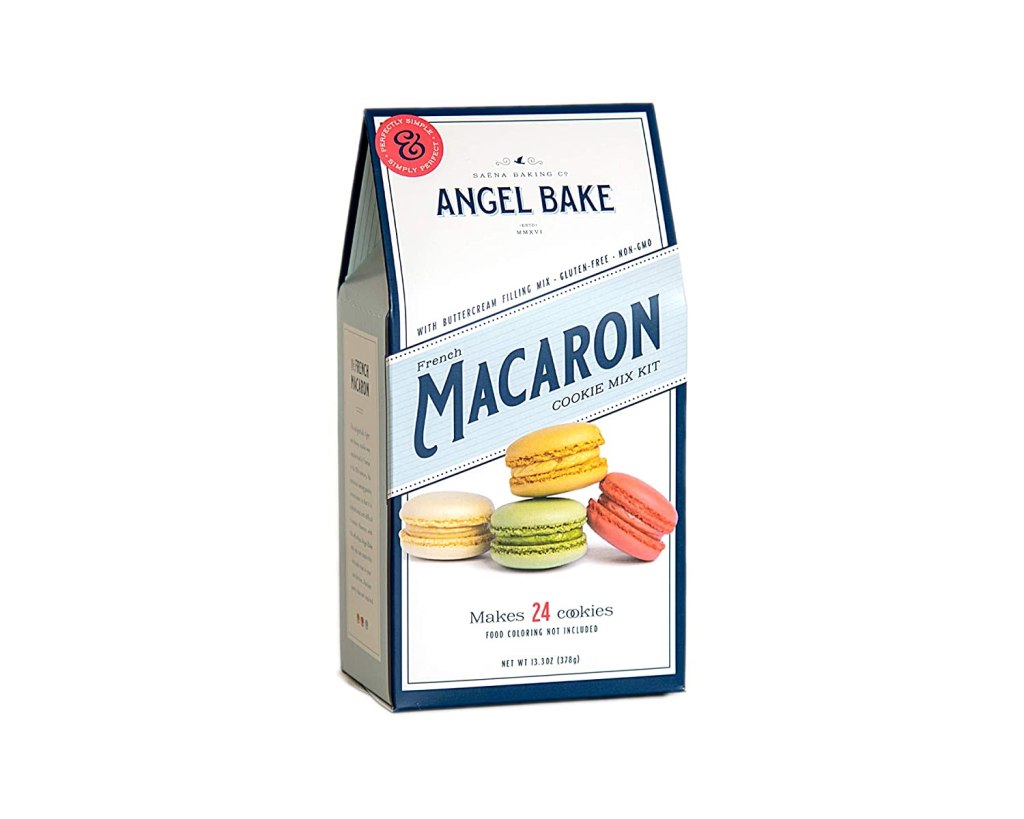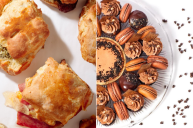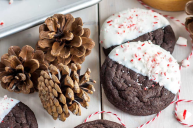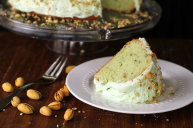Like so many of the world's greatest edible inventions, the macaron, and the macaroon both began in Italy. But how can two names be so similar and yet be such different cookies? How can one letter "o" be so important? Let's hash out the macaroon vs macaron battle.
Videos by Wide Open Country
So both are related to an Italian cookie that was made of egg whites, almond flour (ground almonds), and confectioners' sugar. Both get their name from the Italian word "maccherone" which translates to "fine dough." Another "fine dough' delicacy known as macaroni gets its name from here as well. But let's stay on track here, people. Back to cookie confections. Plainly stated, one of these cookies requires a baking and pastry degree while the other can be slapped together while scrolling through Tiktok.
Who Invented The French Macaron?
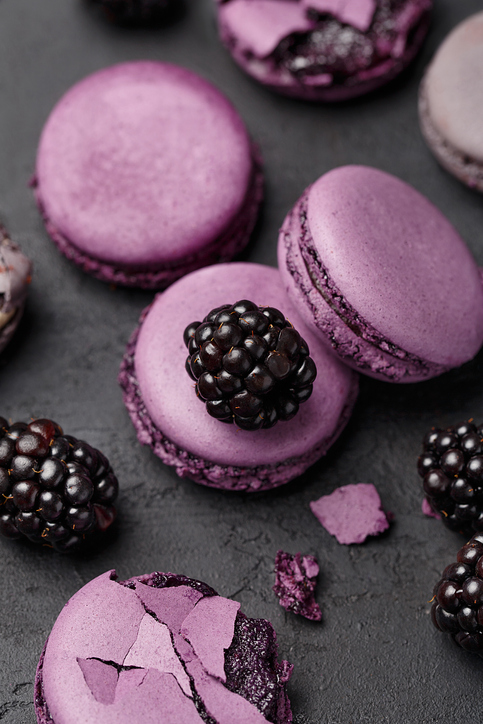
Getty Images
The legend goes like this. Catherine de Medici, an Italian noblewoman married Henry II in 1533. No doubt, she brought along some gorgeous outfits and jewels when she left Italy for France But this smart cookie (pun intended) also brought her pastry chefs and their original macaron recipe too.
Flash forward to the 1890s and a Paris bakery called La Maison Ladurée. A creative pastry chef named Pierre Desfontaines came up with a delicious idea. He turned these simple sweet whipped egg white meringues into sandwich cookies and filled them with ganache, buttercreams, and fruity jams.
Today, using food coloring, macarons are made in every color and flavor you can imagine, with pistachio, raspberry, chocolate ganache, and lemon being favorites. They are perfect for an Easter treat with their bright spring colors. And because they are made without flour, they're perfect for Passover. It's impossible not to smile when you see a bakery case filled with multi-color macarons.
French macarons take some practice and skill. To get them uniform in size, pastry chefs sometimes use a template when piping out the dough onto the parchment paper or baking sheet. Since making macarons takes a bit of skill and patience, these cookies are usually pricy to buy at the bakery. You can usually find macarons in the frozen foods section.
So What is a Macaroon?
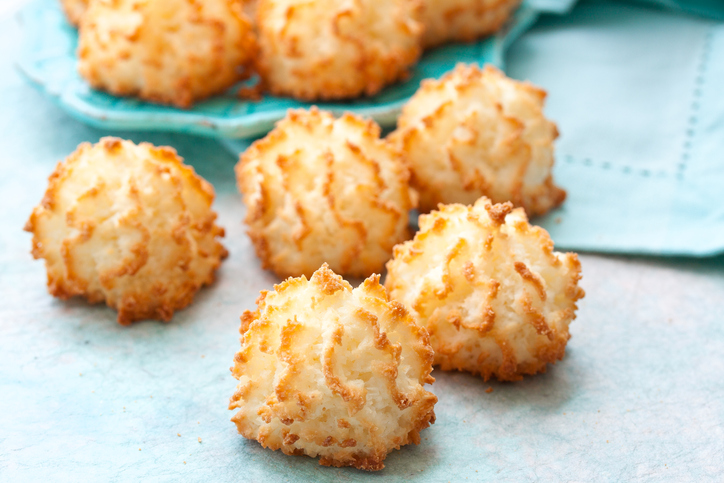
Getty Images
A macaroon has the same basic ingredients of egg whites, almond flour, and confectioners' sugar. But add shredded coconut, vanilla extract, and sweetened condensed milk and you've got yourself a macaroon. The dough is simply dropped by the spoonful onto parchment paper and baked until its irregular flaky outside is crispy and its inside is dense and chewy. They can have chocolate chips added or chocolate drizzled to make them prettier. I personally suggest a banana split flavored macaroon. It's a thing, I swear.
Coconut macaroons are notably served during Jewish holidays such as Passover due to their lack of flour.
Macaroon vs Macaron
Whether you choose to indulge in a macaroon or a macaron, these cookies with similar names will continue to co-exist peacefully as the perfect gluten-free wedding favor or Parisian-themed party treat. And the next time a debate comes up among your foodie friends, now you've got the scoop. Macaron (mac-ah-ROHN) vs macaroon (mac-ah-ROON) is a battle where everyone wins.
READ MORE: Crumbl Cookies Review: Classic Cookies Taken to The Next Level of Decadence
